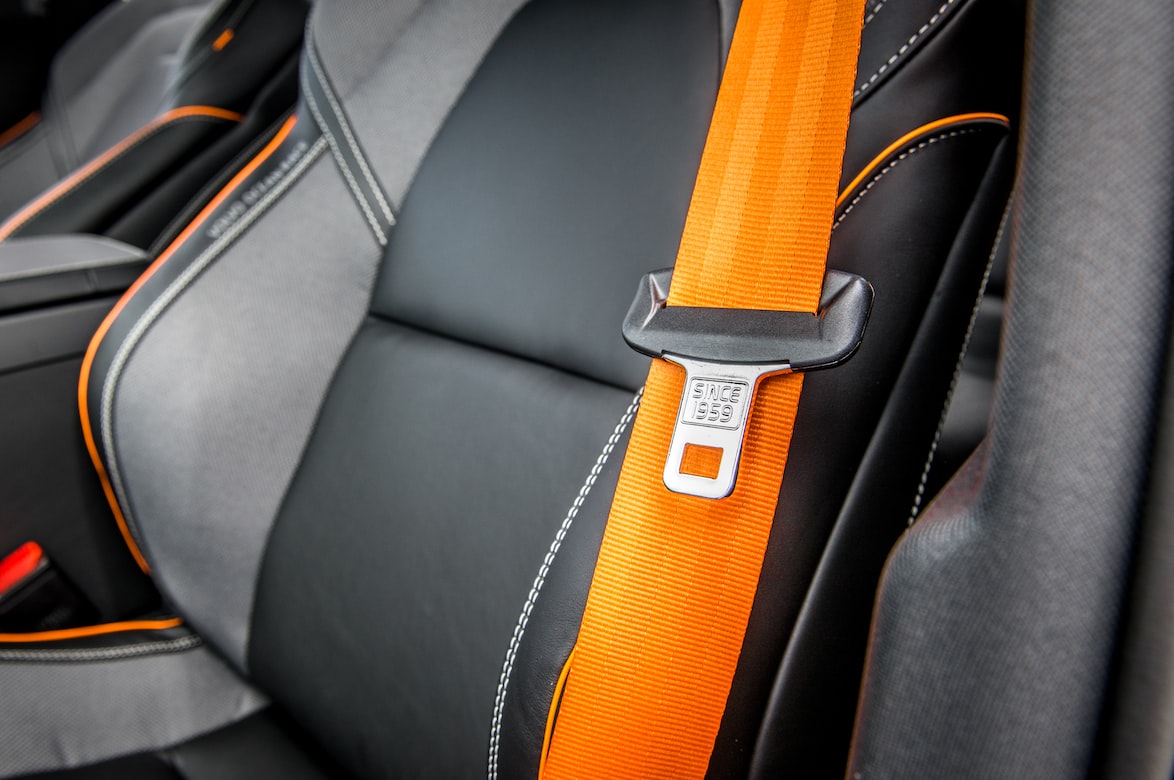Seat Belt Safety: Why You Should Buckle Up Inside a Moving Car?
While some may brush off wearing a seatbelt and think “It won’t happen to me,” understanding exactly why this is so important can keep you safe in the event of an accident.
We’ll explore everything you need to know about why it’s essential to wear a seat belt when riding in any type of vehicle while diving into the details of how best to take care of your own safety from behind the wheel. So if you want to be informed and stay safe no matter what kind of situation arises – buckle up and read along!
The importance of seat belts
Seat belts are a vital safety feature in any vehicle. They are designed to keep passengers secure in the event of sudden stops, swerves, or accidents. The importance of wearing a seat belt cannot be overstated as it can mean the difference between life and death.
Seat belts distribute the force of a collision over a larger area of the body, which reduces the risk of serious injuries. They also prevent passengers from being ejected from a vehicle during an accident, which is one of the most dangerous outcomes.
Always wear a seat belt, even when driving at low speeds or short distances. By doing so, we can reduce the likelihood of sustaining serious injuries or fatalities in the event of an accident.
Identify the risks of not wearing a seat belt
Seat belts are not just an accessory, but an essential safety measure that can prevent life-threatening injuries in the event of a crash.
Not wearing a seat belt can increase the risk of being thrown from the vehicle, hitting other passengers or objects, or getting seriously injured in a collision. If you want to know more about this topic, read more about claims here. All you need to know, however, is that the consequences of not wearing a seat belt can be devastating, not just for the individual, but for their loved ones as well.
The risk of death or injury can multiply exponentially for front-seat passengers, especially for children who are not properly restrained. So, it is extremely important for everyone in the vehicle to wear a seat belt and stay safe on the road. Remember, it’s better to be buckled up than risk getting hurt or worse in a crash.
Explore the laws and regulations regarding seat belt usage
Seat belt usage is an important aspect of road safety, and the laws and regulations surrounding it vary from state to state. Some states enforce primary seat belt laws, which allow law enforcement officers to pull over and ticket drivers solely for not wearing a seat belt. Others have secondary seat belt laws, which means that drivers must be pulled over for a separate traffic violation before being ticketed for not wearing a seat belt.
Additionally, in some states, failure to wear a seat belt can result in penalty points on a driver’s license or impact insurance rates. Regardless of the specific laws in place, all individuals should prioritize their safety every time they get into a vehicle.
Analyze different types of seat belts for car passengers
There are different types of seat belts that are designed to provide various levels of protection.
- Lap and shoulder belt. It crosses over the upper chest and hips, ensuring that the passenger is held securely in place during a collision.
- Three-point seat belt, which is similar to the lap and shoulder belt but with an additional attachment point to the floor. This type of seat belt provides greater stability in the event of a rollover.
- Four-point seat belt is designed for performance cars, racecars, and off-road vehicles. It consists of two lap belts and two shoulder belts that are attached to a central harness. This type of seat belt provides the most stability and is commonly used in high-speed and off-road racing.
With different types of seat belts available, it is important for passengers to use the appropriate type for their vehicle and to ensure that the seat belt is properly fastened before driving.
How to choose the right type of seat belt for your needs
When it comes to choosing the right type of seat belt for your needs, there are a few key things to keep in mind:
- Consider the type of vehicle you’ll be using the seat belt in. Different vehicles may require different types of seat belts, so it’s important to check your owner’s manual or consult with a professional to ensure you’re getting the right fit.
- Consider your personal preferences and needs, such as whether you prefer a seat belt with a high back or one that’s adjustable.
- Think about your budget and any additional features you may want, such as extra padding or a locking mechanism.
With these factors in mind, you can choose a seat belt that fits your needs and helps keep you safe on the road.
Wearing a seat belt is critical, no matter how far you travel or what type of vehicle you are in. When used properly, a seat belt can be the difference between life and death.
Regardless of size or age, seat belts are essential for everyone’s safety when traveling in any type of vehicle. By taking these necessary measures and using a seat belt, you can prevent many graver consequences from occurring in case of an accident. Most importantly, remember that every time you enter a vehicle — buckle up!





